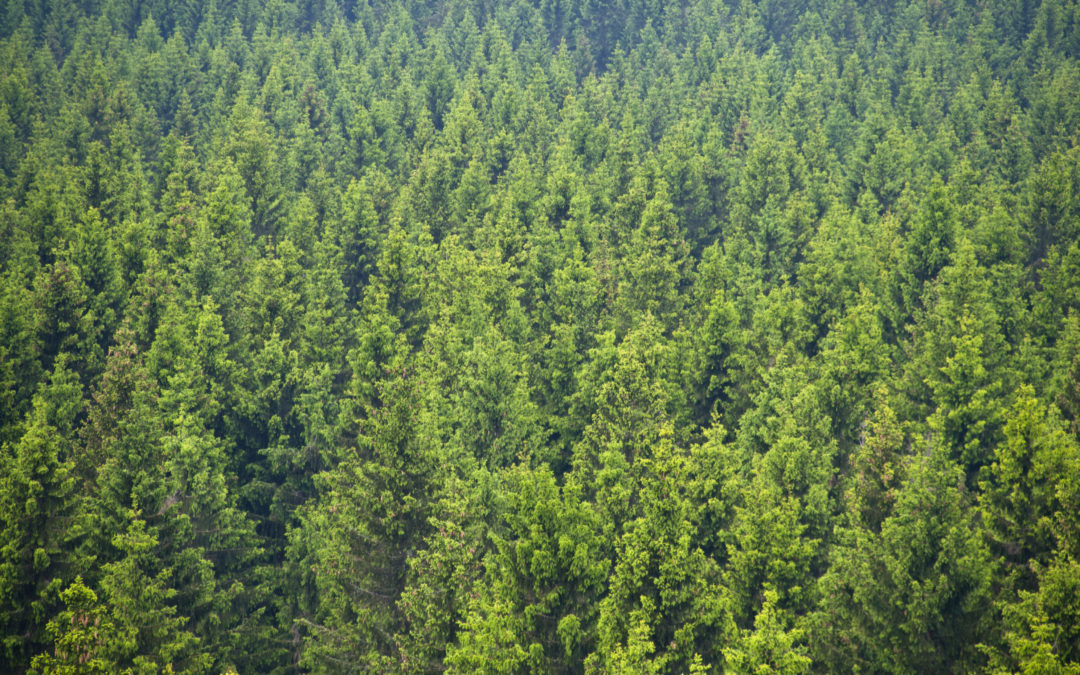Forest erosion happens when soil washes away from mountainsides and carries down into valleys or other areas where the soil is less stable. This causes the land to erode much faster than is natural. The problem of forest erosion has become worse. In some areas, it occurs after wildfires happen. It may also happen because of the growing numbers of people living near forests, pollution, and climate change.
These problems can cause significant losses of land and property. Healthy forests can also experience erosion but at average slow rates of about 300 pounds per acre per year. Forest erosion control involves planting vegetation along riverbanks to absorb water or reduce runoff. This article looks at how forest erosion control works.
Bio-Filtration
Bio-filtration occurs when trees, shrubs, vines, grasses, and other root systems are planted in the landscape. They help prevent runoff, filter pollutants and stormwater. This method acts as a natural form of sediment control. If forested areas get exposed to high levels of sedimentation, they become saturated and unable to absorb any additional pollutants. As a result, sediment builds up around tree trunks and roots and clogs drainage pipes. This causes water to back into the soil and eventually leach into nearby streams.
Creating Microclimates
This forest erosion control method uses strategically placed perforated panels. The panels allow moisture to pass through while preventing rainwater and strong winds from blowing away the soil. Perforations may comprise holes drilled into concrete slabs or precast concrete blocks. These perforations relieve heavy rainfall and prevent soil loss during intense storms.
Planting Native Vegetation
Planting vegetation is another good way to improve soil health and control erosion. Native plants require less fertilization than non-native species and can withstand environmental conditions better. They naturally attract beneficial insects to the area and increase biodiversity throughout the landscape.
Root Mass Reduction
Root mass reduction works by cutting weeds to ground level and removing them from the area. This way, they cannot cause extra soil erosion. The best way to reduce weeding is by using mulch. Mulching slows down the rate of decay of weed root systems. Other methods of lowering weed root mass include aerating the soil and adding compost or manure.
Forest erosion causes damage to natural habitats and ecosystems, resulting in serious long-term consequences. Contact us today to discuss forest erosion control solutions for your project.
